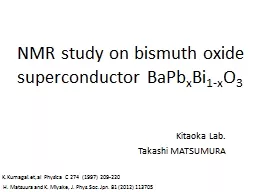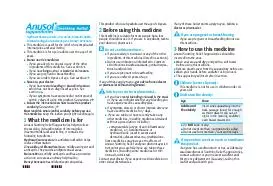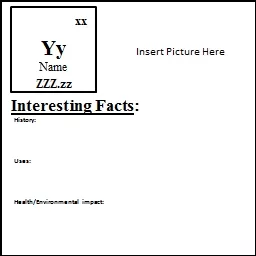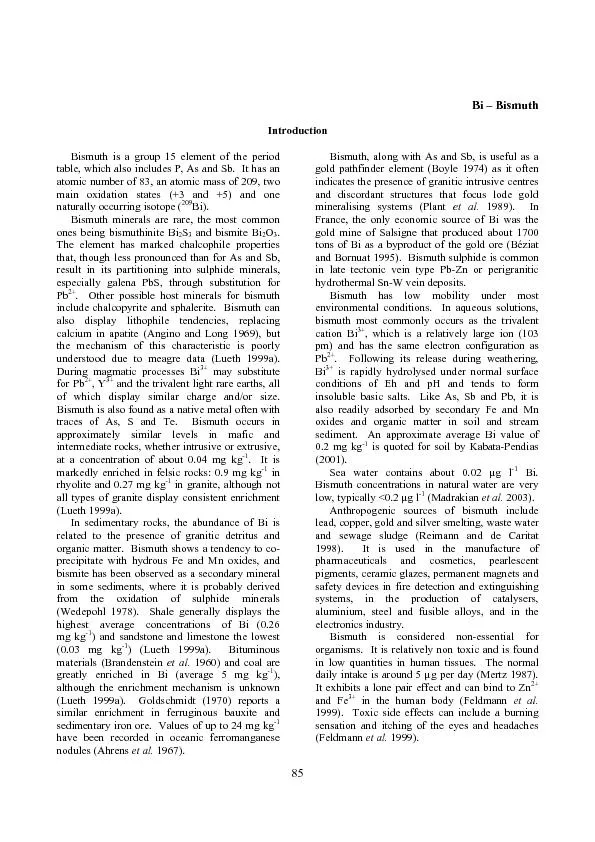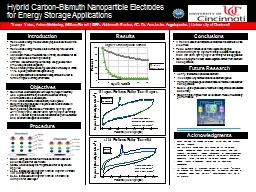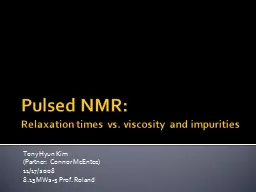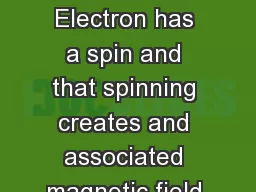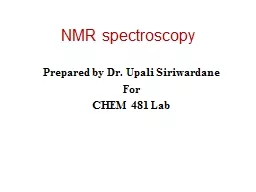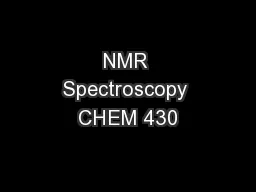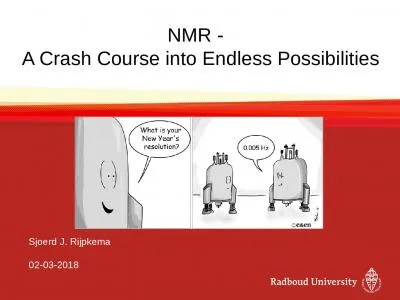PPT-NMR study on bismuth oxide
Author : pasty-toler | Published Date : 2016-02-21
superconductor BaPb x Bi 1x O 3 H Matsuura and K Miyake J Phys Soc Jpn 81 2012 113705 Kitaoka Lab Takashi MATSUMURA KKumagaietal Physica C 274 1 997 209220
Presentation Embed Code
Download Presentation
Download Presentation The PPT/PDF document "NMR study on bismuth oxide" is the property of its rightful owner. Permission is granted to download and print the materials on this website for personal, non-commercial use only, and to display it on your personal computer provided you do not modify the materials and that you retain all copyright notices contained in the materials. By downloading content from our website, you accept the terms of this agreement.
NMR study on bismuth oxide: Transcript
Download Rules Of Document
"NMR study on bismuth oxide"The content belongs to its owner. You may download and print it for personal use, without modification, and keep all copyright notices. By downloading, you agree to these terms.
Related Documents

